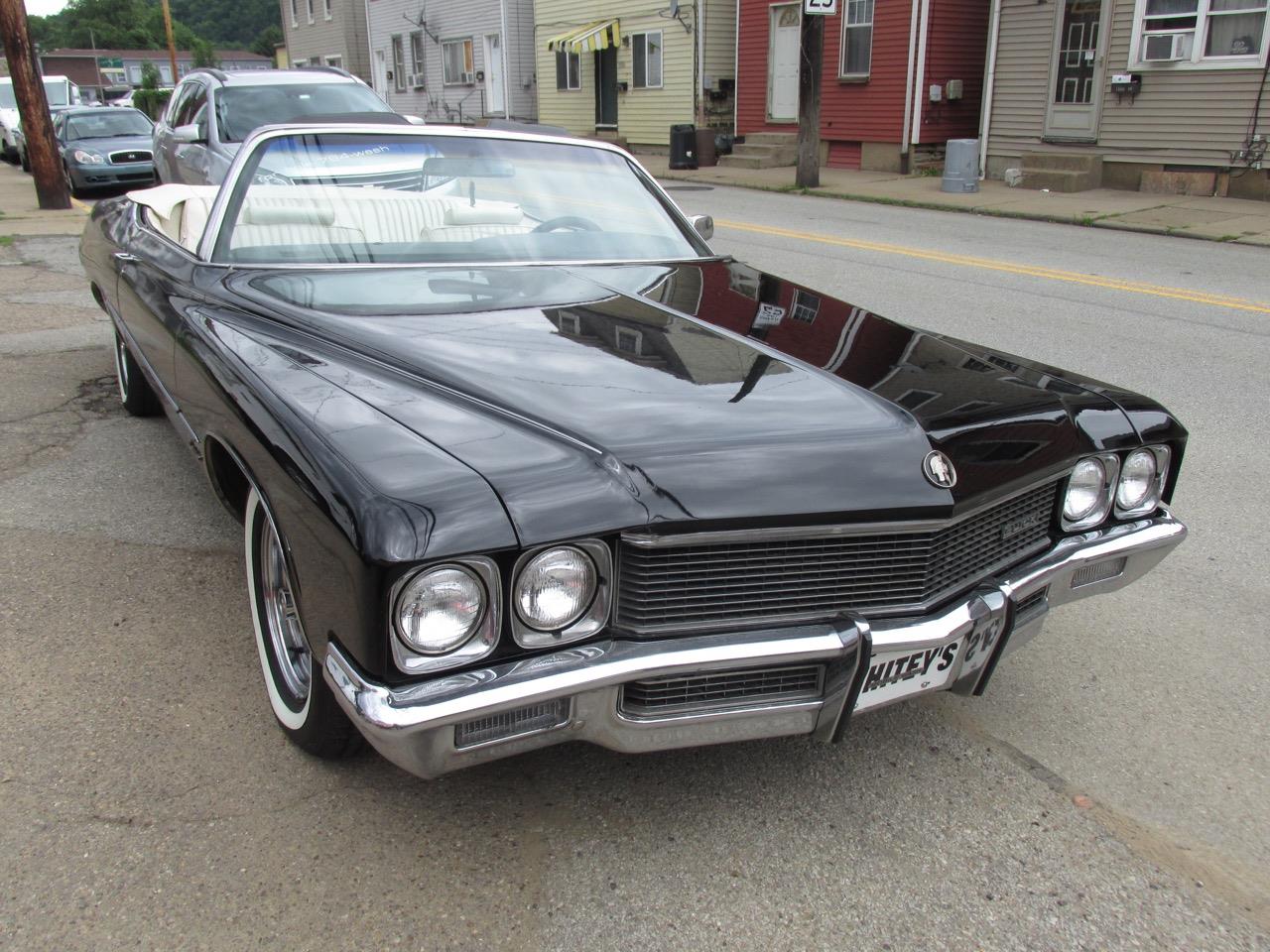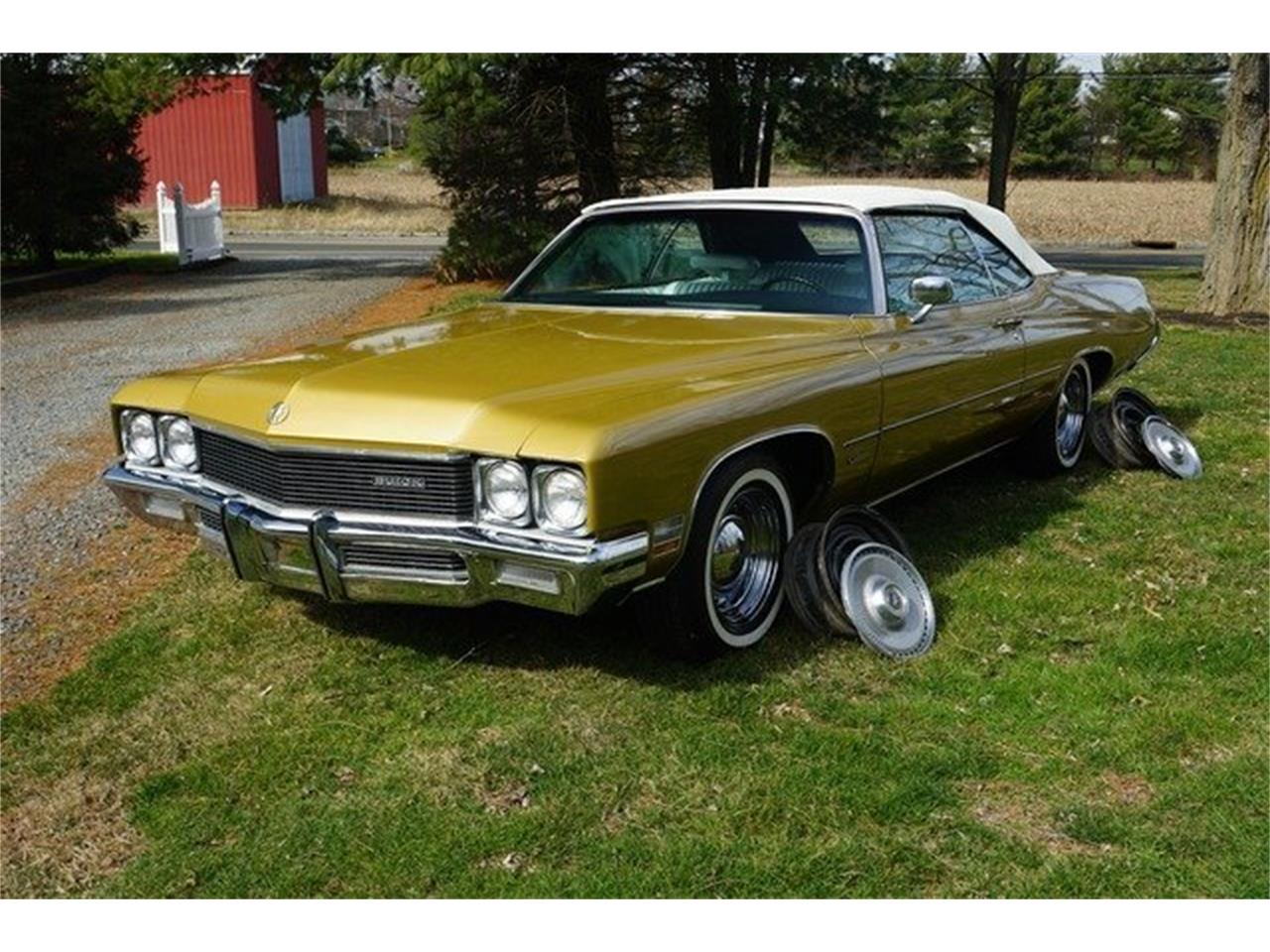

Image Credits: The heavily (and horribly) modified Buick profile image is from. The winner? Well, my best guess is that the LeSabre was Buick’s “Impala,” whereas the Centurion was their “Caprice.” Then in 1974, the LeSabre became both the “Impala” and the “Caprice.” So I’d say this match is pretty much a draw. In 1975 the 4-door received the opera window treatment, and Disco ruled the land. Also in ’74, the front and rear bumpers met the 5-mph safety tests. The 1974 model, its first solo year, brought a new grille and added opera windows to the 2-door model. The ’71 Centurion also had the 455 V-8 standard it was an option over the 350 V-8 in the LeSabre.Īfter the Centurion was cancelled, the LeSabre proudly carried on. Supposedly the Centurion had a slightly higher interior trim level. One had to look closely to tell them apart, and I still do I usually just search for the nameplate for definition. The LeSabre convertible carried on for 19. This is a ’73 Centurion, the marques’ last year. This definitely made the car look more “base model.” I see portholes in the hood, which the Centurion did not have.īoth cars were also available as a convertible, except for 1973 there was no LeSabre ragtop that year. The LeSabre was probably the “lesser” car of the two at the time, since they were available in a 4-door hardtop or sedan style (with window frames), with or without a vinyl roof. My father’s car was identical to this ’71, except for the wheels and tires. The Centurion was always a hardtop (No window frames), and I’ve never seen an unrestored one without a vinyl roof. I learned to drive a big car in the Wildcat, and later at 19, drove the Centurion from home near Nashville to Miami, then on to Key West on a scuba diving trip. So I had some first-hand experience with them. Maybe I have a little dog in this fight, because as a kid, we had a tan 4-door ’65 Wildcat, and then later, my father brought home a ’71 Centurion. We should note here that these were the largest full-sized cars GM ever built, and the 1965-1970 B-Body platform is the 4th best selling in history with 12,960,000 copies. GM’s B -Body got the nod, and other GM cars from ’71-’73 built on the B-Body include the Chevrolet Bel Air, Impala, and Caprice the Oldsmobile Delta 88 and Pontiac’s Bonneville, Catalina, and Grand Ville. Standard features included Deluxe wheelcovers, power steering and brakes, Custom steering wheel, and vinyl notchback seats.But back down here on Earth, it was time to build cars. Centurion lettering could be found behind the front wheel cutout. In the front were newly updated bumpers to comply with growing safety regulations, dual headlamps, and a low grille with short vertical bars.

The engine was backed by a Turbo-Hydramatic transmission. Power was supplied by a 350 cubic-inch V8 engine that had four-barrel carburetion and produced 175 horsepower.

It had a 124-inch wheelbase platform which it shared with its LeSabre siblings. The 1973 Buick Centurion was available as a hardtop sedan, 2-door hardtop Sport Coupe, and a Convertible. The luxury-oriented Centurion initially only came with the large 455 cubic-inch big-block V8, though later the 350cu in V8 was slotted in as the standard motor with the 455 remaining optional. The new Centurion was a full-sized offering available in hardtop coupe, sedan, and convertible forms. In 1971, Buick announced the replacement for their performance-oriented 'Wildcat'. As the 1970s got underway, manufacturers began moving away from performance-oriented vehicles and began focusing on large, luxurious offerings. The 1960s had been a time of escalating performance, but they also brought about the realization of strict safety regulations.


 0 kommentar(er)
0 kommentar(er)
